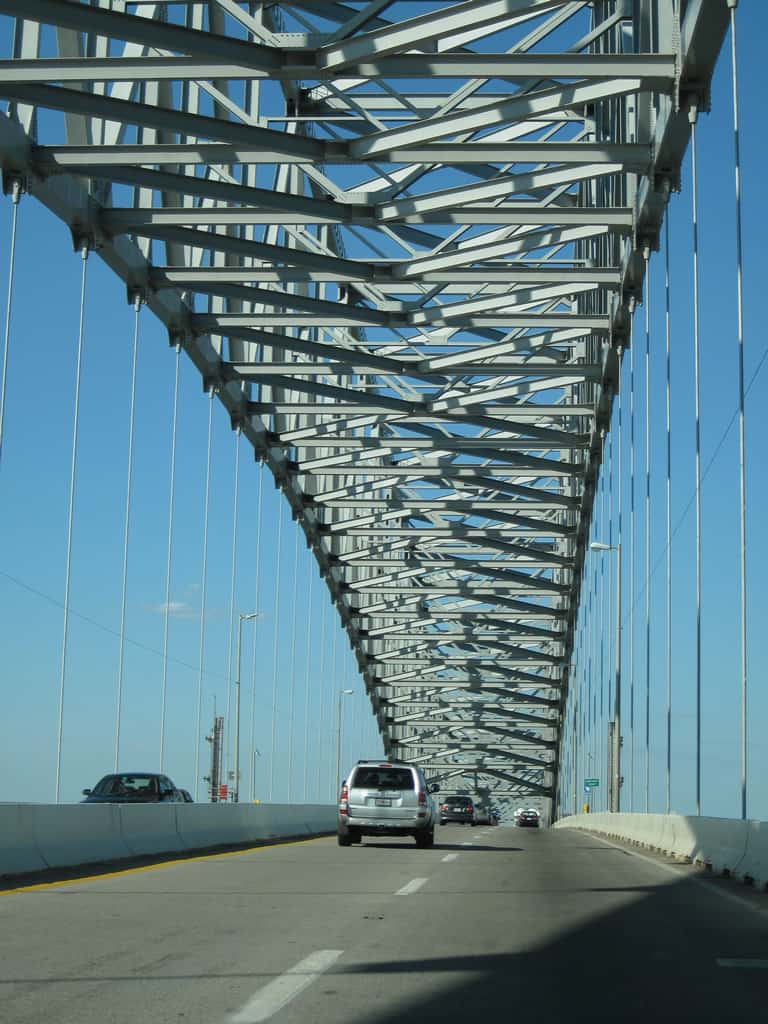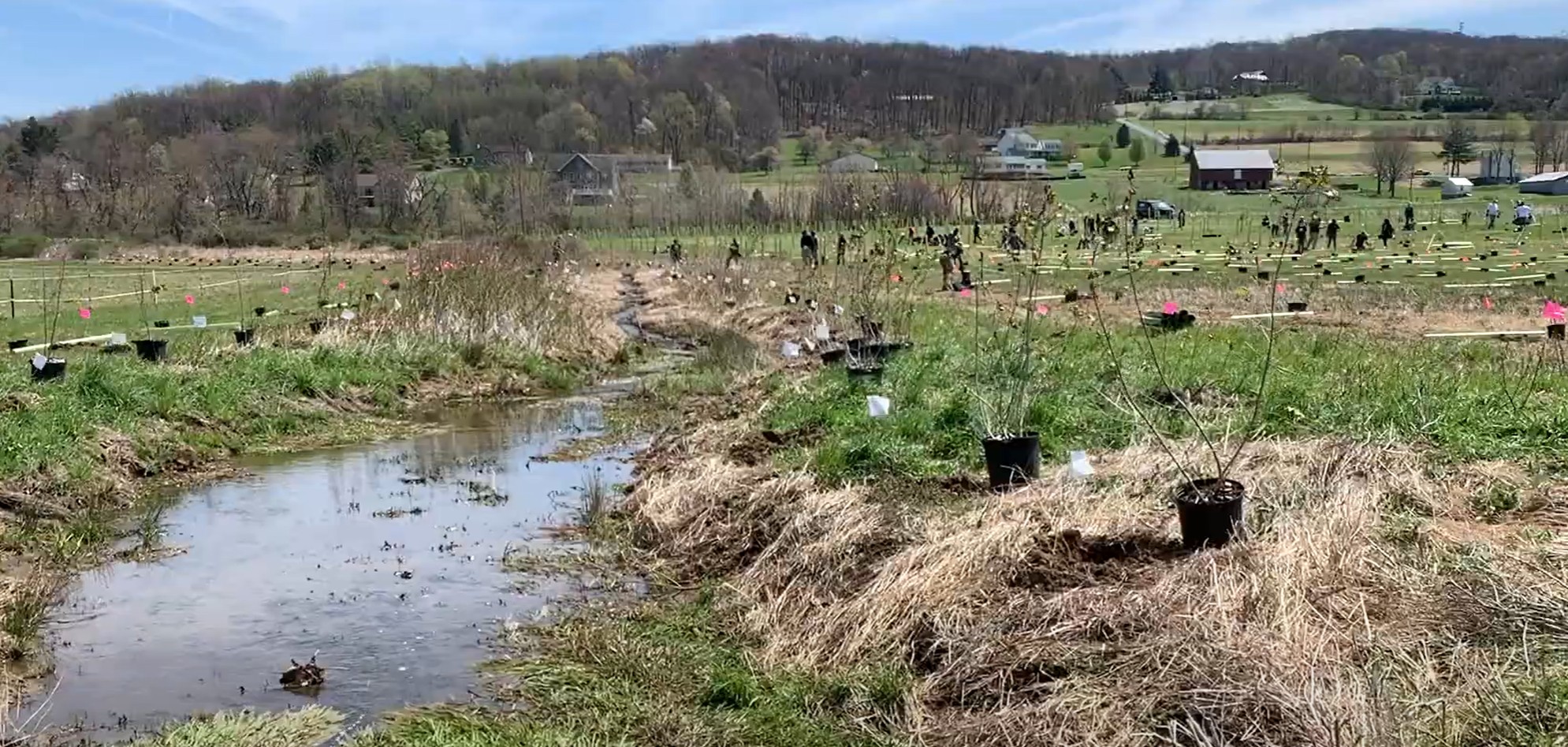Those slow-moving cash lanes will be a thing of the past at two of Maryland’s toll bridges, beginning this October. And state transportation leaders say more toll conversions will follow.
Francis Scott Key Bridge (I 695) crosses the Patapsco River .The Maryland Transportation Authority (MDTA) will start cashless toll collection at the Francis Scott Key Bridge (I-695) in Baltimore and the Thomas J. Hatem Memorial Bridge (US 40) in Harford and Cecil counties. Tolls will be collected using E-Z Pass or video tolling, which employs overhead tolling structures called gantries.
MDTA chose the Hatem Bridge (crossing the Susquehanna River) and Key Bridge (crossing the Patapsco River) to convert to cashless tolls first because it says 93 percent of Hatem Bridge customers and 80 percent of Key Bridge customers already pay with E-Z Pass.
Cashless tolling is touted as the next generation of transportation customer service. MDTA says it will not only make toll passages move faster, it will also reduce vehicle emissions and idling time, and make tolls safer for drivers.
“Moving to cashless tolling at the Hatem and Key bridges is just one more example of how Maryland is leading the nation in using technology to reduce congestion,” said Maryland Department of Transportation Secretary and MDTA Chairman Pete K. Rahn.
The cashless tolling transition will happen in phases. After cashless tolling begins this fall, the existing toll booths will be demolished, and all work is expected to be wrapped up by spring 2021. At that point, drivers will be able to “travel at highway speeds with tolls collected electronically by the overhead gantries,” according to MDTA.
In recent years, Maryland has lowered toll rates and eliminated the $7.50 E-Z Pass transponder fee.
-Meg Walburn Viviano




